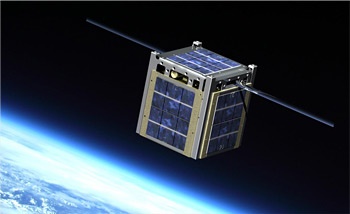
In the realm of small satellite technology, Cubesats have emerged as versatile platforms for scientific research, Earth observation, and technology demonstration. One of the key components driving the success of Cubesats is the Attitude Determination and Control System (ADCS). This article delves into the intricacies of the Cubesat ADCS system, shedding light on its pivotal role in spacecraft orientation and navigation.
Cubesats, with their compact form factor, present unique challenges in terms of maintaining precise orientation and control in space. The ADCS system acts as the guiding force, ensuring that these miniature satellites can achieve and maintain the desired attitude for their specific mission objectives.
The ADCS system comprises sensors, actuators, and control algorithms that work in tandem to control the orientation of the Cubesat. Sensors such as gyroscopes and magnetometers provide data on the spacecraft’s orientation, while reaction wheels and magnetic torquers serve as actuators to adjust and stabilize the attitude as needed.
The agility of a Cubesat in space relies heavily on the effectiveness of its ADCS system. By precisely controlling the orientation, the Cubesat can execute maneuvers, point its sensors with accuracy, and stabilize itself against external forces, such as solar radiation pressure.
Developing an efficient ADCS system for Cubesats is not without its challenges. Limited space, power constraints, and the need for lightweight components demand innovative solutions. Manufacturers are continually pushing the boundaries, incorporating advanced materials and miniaturized sensors to enhance the performance of Cubesat ADCS systems.
The versatility of Cubesats equipped with robust ADCS systems extends across various scientific disciplines. From monitoring climate patterns to conducting astronomical observations, these small satellites contribute valuable data to our understanding of Earth and the cosmos.
As technology evolves, the future holds promising advancements in Cubesat ADCS systems. Integrating machine learning algorithms, enhancing autonomy, and exploring new materials are avenues being explored to further improve the precision and efficiency of small satellite navigation.
In conclusion, the Cubesat ADCS system plays a central role in the success of small satellite missions, enabling these miniature spacecraft to navigate space with precision. As technology continues to advance, the evolution of Cubesat ADCS systems will undoubtedly contribute to new frontiers in scientific research and space exploration.
Send us a message,we will answer your email shortly!